Table of contents
How to Prepare Students for an Upcoming Solar Eclipse
A solar eclipse is a magical event. On August 21, 2017, schools and communities across America gathered to witness what became known as the Great American Eclipse. But that wasn’t the end of it. That was the first of three major solar eclipse events in America between 2017 and 2024. Part two occurred on October 14, 2023, and the third will take place on April 8, 2024.
Is your school ready to experience the next solar eclipse? Follow our solar eclipse safety tips to ensure you have the tools to teach, your students have the tools to learn, and everyone can safely take in this magnificent sight!

What is a Solar Eclipse?
Understanding the nature of a solar eclipse and sharing that knowledge with students is a critical first step toward ensuring everyone’s safety. When the eclipse happens, you want students to have a functional grasp of what’s happening. Telling a student to protect their eyes is far more efficient when they understand the reasoning behind it.
A simple solar eclipse lesson plan serves a dual purpose. First, it’s a wonderful science lesson and a great intro to physics and astronomy. And second, it provides peace of mind that your students fully understand the potential dangers when eclipse day arrives.
Start with a conversation about how the Earth interacts with the sun and the moon. This can be done using various diagrams, or you can use a stronger visual model like an illuminated eclipse simulator or solar motion models.
Once they’re familiar with the movement of these bodies, it’s time to talk about the significance of both size and distance of the sun and moon. This will help explain the different kinds of eclipses.
Solar eclipses come in four forms: total, annular, partial, and hybrid.
Total Solar Eclipse
A total solar eclipse is when the moon crosses in front of the sun, and the moon’s dark inner shadow, or umbra, completely blocks out the sun’s rays. This moment is called totality, and depending on how close you are to the center of the umbra’s shadow, it can range from a fraction of a second to several minutes. Some of us witnessed this in 2017 and can witness again in April 2024, depending on your location.
Annular Solar Eclipse
An annular solar eclipse is similar, but it happens at a time when the moon is at its furthest point from the Earth. Due to the increased distance, the umbra doesn’t fully reach the Earth. Instead, those within the annular eclipse path are in the antumbra. Because the moon doesn’t completely block out the sun, it creates a slim ring around the moon’s silhouette. For this reason, an annular eclipse is often called the “Ring of Fire” eclipse to describe the spectacle.
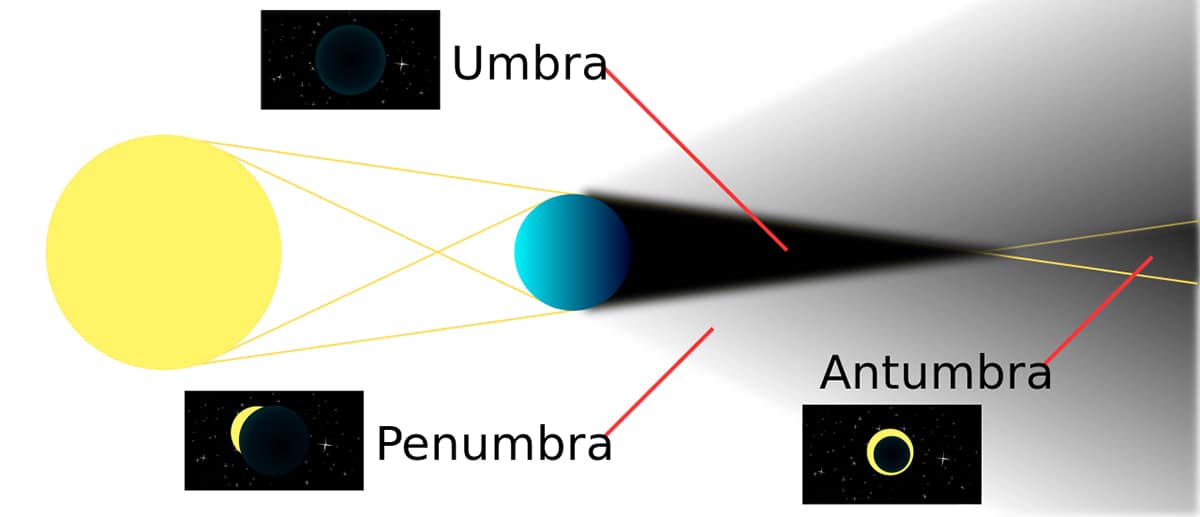
Partial Solar Eclipse
Partial eclipses describe different states outside a total or annular solar eclipse. This happens when the sun, moon, and Earth aren’t perfectly aligned, creating various views of a crescent-shaped sun. A partial eclipse is observed by anyone outside the moon’s umbra or antumbra but inside the penumbra during a total or annular eclipse.
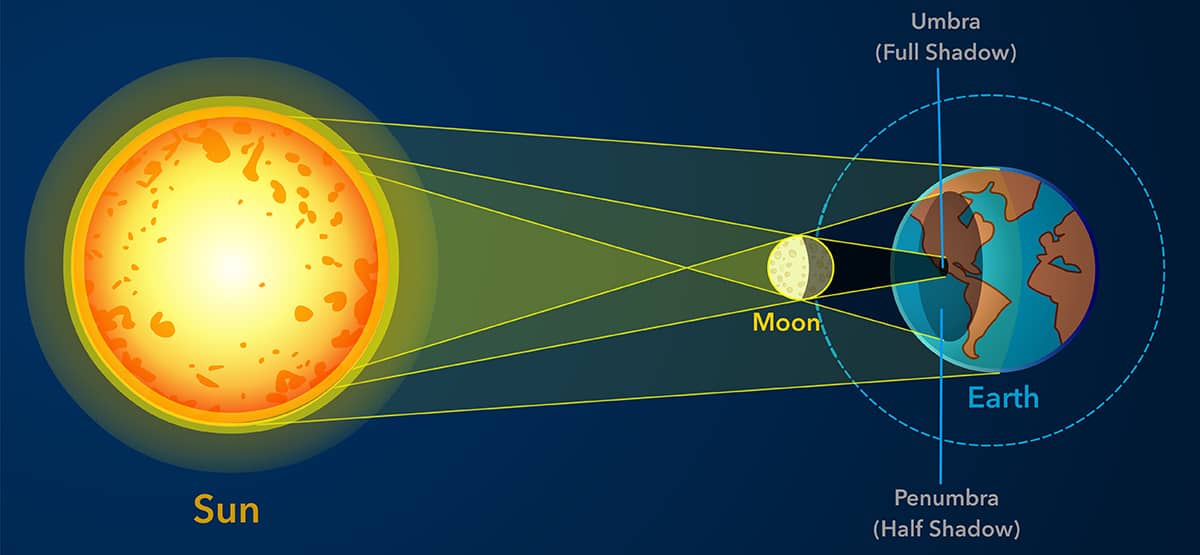
Hybrid Solar Eclipse
A hybrid solar eclipse is a less common phenomenon due to the Earth’s curvature. That curvature sometimes causes an eclipse to shift from total to annular during its path. In such an occurrence, some viewers along the main path will observe a total eclipse, while others will see an annular eclipse. The last hybrid eclipse was on April 20, 2023, when viewers across Australia and Southeast Asia witnessed different eclipse forms depending on their location.
Ways to View the Eclipse Safely
Frey Scientific Solar Eclipse Safety Glasses
Even the ominous-sounding Ring of Fire can be viewed safely with the proper eclipse glasses. The Frey Scientific Solar Eclipse Glasses conform to transmission requirements for direct observation, and the inside of each pair includes safety information and instructions for proper use and care.
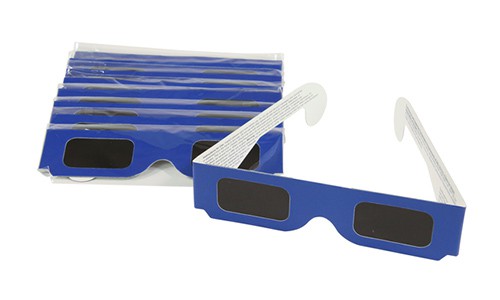
Science First Sunspotter Solar Telescope
This unique device uses mirrors to project a 3-1/4 inch solar image onto a 5-inch screen. The openings allow it to be viewable by multiple observers. Sunspotters have the added value of potential year-round use to see sunspots and changes in the sun through the seasons.
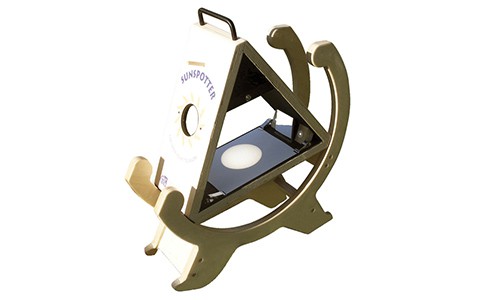
Pinhole Projector
A DIY version of a sunspotter, this pinhole-in-a-box projects sunlight onto a white surface inside the box. During an eclipse, the viewer will be able to see the shadow of the moon cross the sun.
Gather and Watch in Amazement and Safety
It may be tempting for those without eclipse glasses or other tools to look up at a solar eclipse. Remind everyone of these solar eclipse safety facts:
- An annular eclipse doesn’t completely block out the sun. This makes it just as dangerous to your eyes as looking at the sun by itself.
- While a total eclipse offers a short time of totality, incorrectly predicting the end of that time will quickly expose retinas to harmful rays. Without eclipse glasses, this should never be attempted.

A solar eclipse is an opportunity to share a moment of scientific excitement with those who support your school and its functions. Start it as a school event for students, but leave it open and encourage parents and other community members to join in the experience.
Get the Science First Solar Eclipse Bundle, including Eclipse Glasses
As impressive as our sun is, it presents many dangers to both our eyes and our skin. Make sure you also check out our tips to keep children’s skin safe from the sun and other ways to practice sun safety all year long.
How can School Specialty help you view the coming solar eclipse? Do you have any solar eclipse safety tips to share? Let us know in the comments!

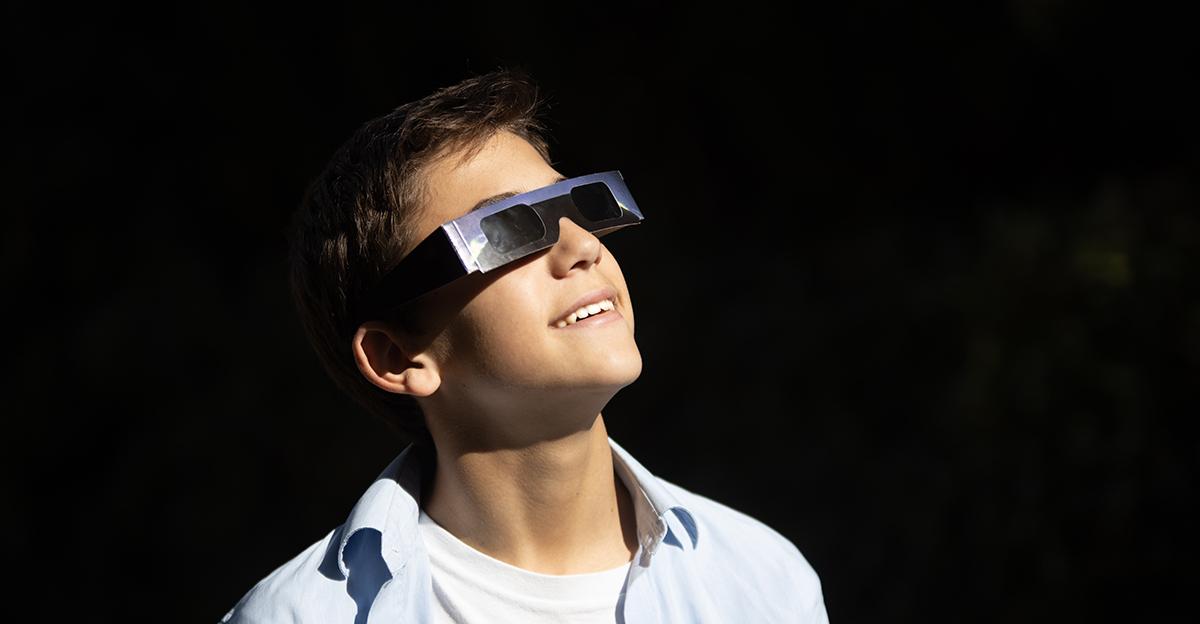
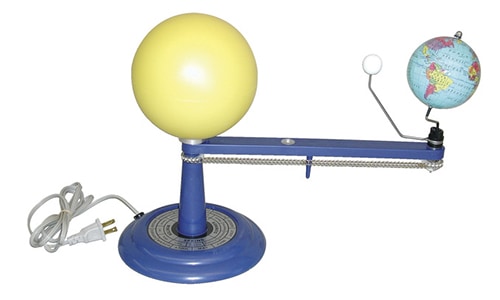
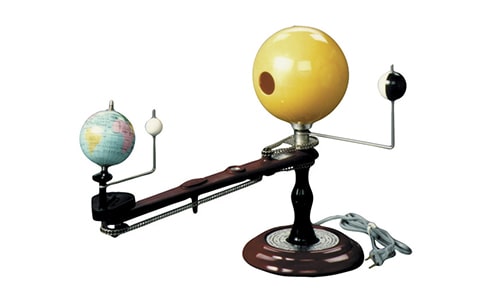
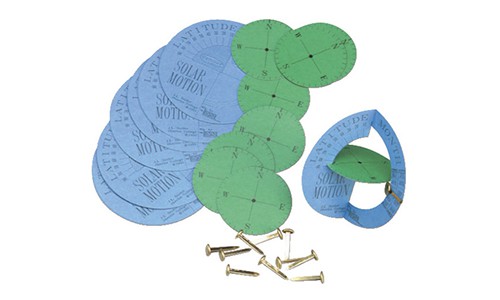




Leave a Reply